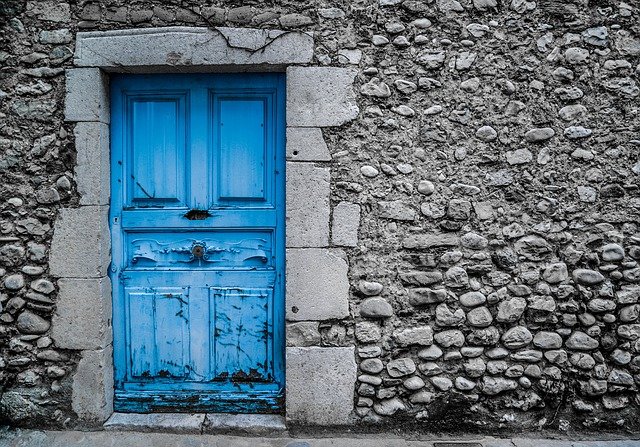
The straw oil is an oily compound of plant or synthetic origin (by manufacturer). It looks like a clear liquid with a typical straw yellow color to which it owes its name. We are talking about a widely used product for wood care.
In this article, I’ll explain how to use straw yellow oil in furniture restoration and wood care.
Straw oil: composition
From a chemical point of view it can be described as a mixture of liquid and denatured linear alkylobenzoles. The composition of straw yellow oil can vary according to the manufacturer. To be sure I suggest you read the safety or technical data sheet of the product. Typically, what you find is a similar composition :
- Benzene
- Mono-C10-C14 alkyl derivatives
- Fractionation residues
Or:
- C10-C13 mono-alkylbenzenes derived from distillation residues
- 2 (2-Butoxyethoxy) Ethanol
In all cases the composition of the straw oil is given by a mixture of linear alkylbenzenes.
Only rarely is the straw-colored oil on the market of vegetable nature, for most of the cases the liquid alkylobenzoles used are denatured synthetics, derived from crude oil. Due to the presence of the benzene ring, the constituents of the composition of the straw oil are endowed with aromaticity.
Straw oil: what is it for
The straw oil is suitable for polishing, nourish and regenerate any type of wood. Straw oil, unlike cooked linseed oil (a vegetable oil for wood treatment) is not film-forming, this means that it does not create a film (patina) on the treated surfaces and therefore does not alter the appearance of the wood.
It is highly appreciated because it is able to penetrate deeply into the fibers of the wood, reviving its colors and restoring warm tones.
- It is used in pad polishing because it acts as both a lubricant and a rinse aid
- To revive the color of the wood
- To darken very light wood essences
- To regenerate fainted wood
- To lubricate the stone used for sharpening chisels
- To remove the pitting marks that remain in the pores of the mahogany wood
This oil is dispersible in water and in the main organic solvents.
Triple solution
Straw oil, turpentine essence and alcohol, constitute the so-called “triple solution” for cleaning furniture.
Straw oil and lamp oil
It is mixed with kerosene for the formulation of oily compounds for the treatment of stripped wood. After stripping with solvents, in fact, the wood appears weakened: the straw-yellow oil restores “vigor” to the wood, reviving its tones.
Unlike lampante oil, there are no particular precautions for use for straw oil. The use of protective airway and eye masks is not necessary. The only recommendation is to use gloves that guarantee skin protection (rubber gloves, pcv, neoprene…).
The use of protective masks is only necessary when straw oil is used in combination with kerosene or white petroleum.
How to pass straw-colored oil on the floor and furniture
Depending on the case, the methods of use change. For example, if you want to use straw oil for parquet floors or furniture, you will need to:
- Carefully dust the surfaces to be treated.
- Apply any stain (if you want to give it a different color) and let it dry.
- Use small quantities of straw-colored oil, wiping them with a special pad.
- Dab the entire floor (or the surface of the furniture) making sure to distribute the oil in small quantities and evenly.
- Make sure that the oil is absorbed by the treated floor
- Use a clean rag to remove any excess oil.
- Let it dry for 24 hours.
If the surface to be treated is excessively damaged , the wooden support must be worked before passing the straw yellow oil. A chemical stripper or a cutter, file or plane is then used to obtain a perfectly smooth surface.
Straw yellow oil: where to buy it
The straw oil is easy to find: you buy at the hardware store or any paint factory, you can find it in the shops of DIY and DIY, or taking advantage of the online buying and selling.
Wood oil
There are also richer compositions that see straw-yellow oil added to other resins to strengthen the wood. We gave you the example of the mixture of straw oil and kerosene. The compositions enriched with binders and solvents are useful when the compound is also applied on untreated wood such as old windows, doors and dated furniture.
However, complex formulations are not suitable for internal use.
The reason? Straw oil is not volatile and is quite stable, it penetrates the fibers of the wood and remains there. When combined with solvents and other volatile compounds, it is not suitable for indoor use as it can cause home pollution.






